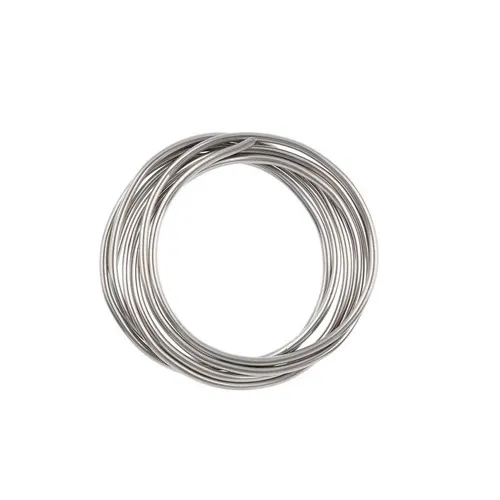-
 Phone:
Phone: -
 Email:
Email:

chain link fence heights
Understanding Chain Link Fence Heights Finding the Perfect Fit for Your Needs
When it comes to fencing solutions, chain link fences are one of the most popular choices available on the market today. Known for their durability, affordability, and security, these fences are commonly used in residential, commercial, and industrial applications. However, one of the primary considerations when selecting a chain link fence is its height. This article delves into the various aspects of chain link fence heights, helping you determine the best option for your specific needs.
1. Standard Chain Link Fence Heights
Chain link fences come in a variety of heights, typically ranging from 3 feet to 12 feet. The most common heights for residential use are 4 feet and 6 feet. A 4-foot fence is often used for decorative purposes or to delineate boundaries without obstructing views, while a 6-foot fence offers increased privacy and security. Heights of 7 feet or more are generally reserved for commercial and industrial applications, providing a greater deterrent against unauthorized access.
Understanding the purpose of your fence is crucial when determining the appropriate height. If the primary goal is to contain pets or small children, a 4-foot fence may suffice. However, if you are looking to secure your property from trespassers, a 6-foot or taller fence is advisable. Additionally, if your property is in a high-crime area or you are concerned about theft, opting for a taller fence can provide added protection.
3. Local Regulations and Codes
Before installing a chain link fence, it is essential to check local regulations and zoning codes. Many municipalities have specific rules regarding fence heights, particularly in residential areas. For example, some neighborhoods may limit front yard fences to a maximum height of 4 feet, while allowing taller fences in the backyards. Consulting local guidelines can help avoid potential fines and ensure compliance with community standards.
chain link fence heights

4. Aesthetic Considerations
The height of your chain link fence can also affect the overall aesthetics of your property. A taller fence may provide more privacy but can also create a more enclosed feeling in your yard. Conversely, a shorter fence may enhance visibility and openness but might not offer the same level of security. Striking a balance between height and aesthetics is key, as it's important to choose a fence that complements your landscape while fulfilling functional requirements.
5. Installation and Maintenance
Installing a taller chain link fence may require additional considerations. The installation process can be more complex, demanding stronger materials to withstand potential stresses. Furthermore, maintenance may involve more frequent inspections for wear and tear, particularly at the higher points where tension is greater. Ensure that you choose quality materials and hire a skilled contractor for installation to guarantee longevity and performance.
6. Cost Implications
Generally, the cost of a chain link fence increases with height. Taller fences require more materials, which can drive up the overall expense. When budgeting for your fence, consider the long-term benefits of height—such as enhanced security and reduced liabilities—against the initial investment. A well-chosen fence can provide value for many years, making it worth the upfront costs.
Conclusion
Selecting the right height for your chain link fence involves a thoughtful consideration of purpose, local regulations, aesthetics, installation logistics, and costs. By understanding the implications of different fence heights, you can make an informed decision that best suits your needs. Whether you prioritize security, privacy, or a decorative boundary, ensuring the right height will help you achieve your desired outcome. A chain link fence, when correctly chosen and installed, can serve as an effective solution for any fencing requirement, enhancing the safety and appeal of your property for years to come.
-
Wire Mesh for Every Need: A Practical SolutionNewsJul.25,2025
-
Steel Fences: Durable, Secure, and Stylish OptionsNewsJul.25,2025
-
Roll Top Fencing: A Smart Solution for Safety and SecurityNewsJul.25,2025
-
Cattle Farm Fencing Solutions for Maximum SecurityNewsJul.25,2025
-
Affordable Iron Binding Wire SolutionsNewsJul.25,2025
-
Affordable Galvanized Wire SolutionsNewsJul.25,2025
-
Wire Hanger Recycling IdeasNewsJul.25,2025








